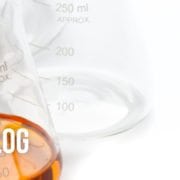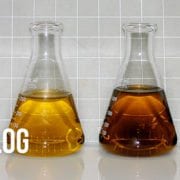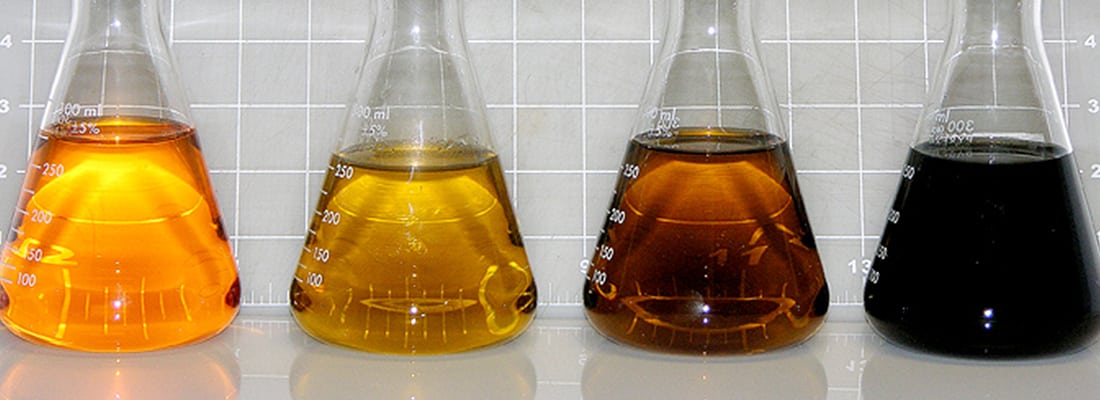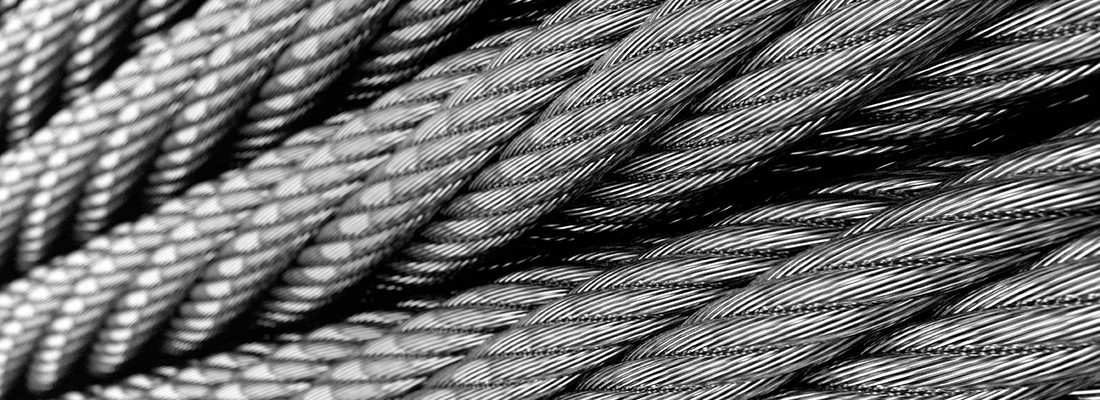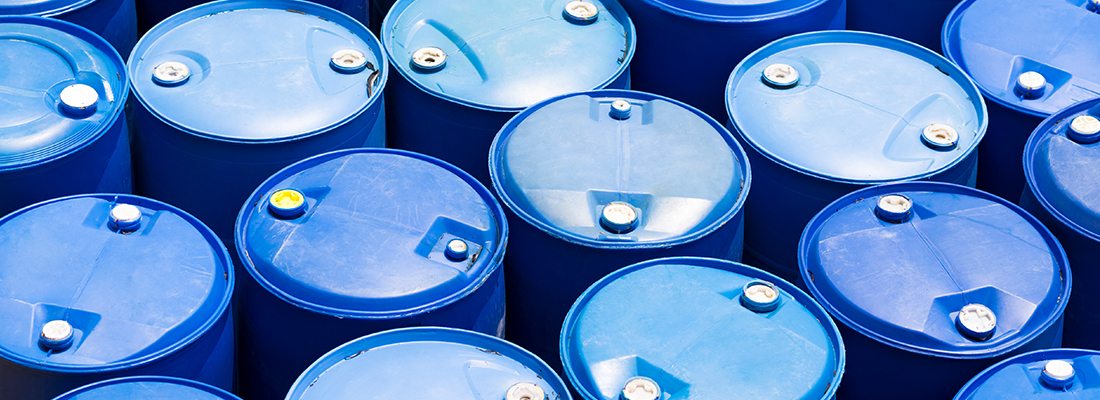Setting Limits on Fluid Properties
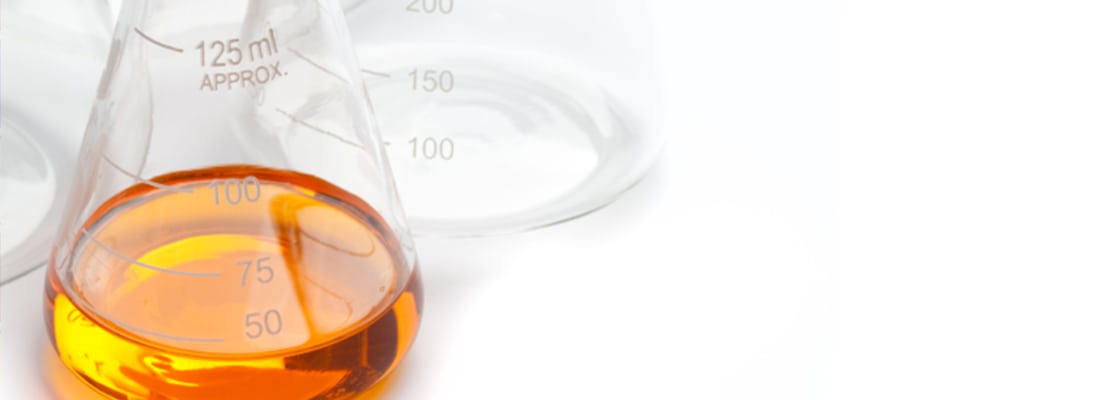
Earlier this month, I talked about how we set limits for wear metals and contaminants. There is one final group of results Data Analysts examine to determine the health of oil, fuels, and coolants: fluid properties.
Fluid properties are the physical and chemical features that allow the fluid to perform as it was designed. Viscosity, Acid Number, Base Number, Oxidation, Nitration and Additives are the main fluid properties examined by fluid analysis.
These properties don’t have much in common. Different tests are used to determine if the fluid still has the ability to protect equipment. Viscosity needs to be run at different temperatures to match the operating conditions of the equipment, ICP is used to quantify the metals found in common additives, oxidation and nitration are measured using FTIR, and acid number and base number need to be run using different titration methods to get the measurement we desire.
Just like wear metals and contaminants, the actual flagging limits depend on what the fluid is, the equipment the fluid is being used in, and what application the equipment is doing. These factors all can change the maintenance recommendations from the Data Analysts, which is why it is important to provide as much information about the sample as possible.
To learn more about the challenges facing each fluid property and how we set our flagging limits, please download this technical bulletin.

Proven Impact. Proven Uptime. Proven Savings.
Let us prove it to you.

